Today, Xiaobian analyzes the core technology of the new e6 to see what technical highlights this car has. And which technologies rely on to achieve 450km long cruising range? Let's take a look at the related content with the car electronics editor. .
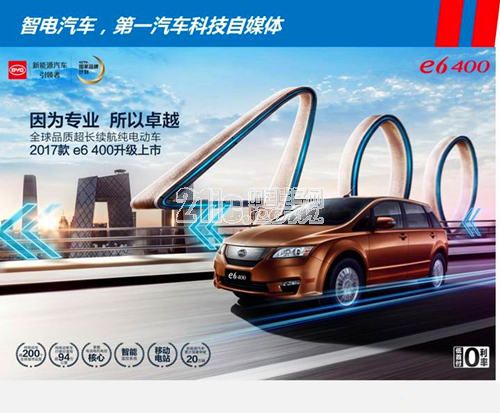
First of all, the e6 battery pack achieves both safety and performance.
In terms of performance, the new e6 follows the old lithium iron phosphate battery technology route, and the battery capacity has increased from 82kWh to 91kWh, thus effectively ensuring the e6 pure electric range reaches 450km. For most consumers, this is definitely a super-satisfied number, basically saying goodbye to the embarrassing situation of "recharged after a day or two."

Analysis of BYD e6 battery technology
However, from the point of view of unit power consumption, e6 clearly reflects the essence of “reliance on accumulating batteries to increase mileageâ€. The average level of electric driving per kWh is far behind other competitors, even if it is not with small pure electric beans. Compared with Tesla, which is also a compact type of Emgrand, Beiqi EU260 and even more "apparently accumulating batteries", the D2 ratio is also inferior.
The core reason for this phenomenon is that other competitors have chosen ternary lithium-ion batteries, and BYD has chosen lithium iron phosphate batteries. Generally speaking, ternary lithium-ion batteries have higher energy density, while lithium iron phosphate The energy density is generally low.
Why is the energy density of lithium iron phosphate low? This starts with the battery structure. Usually the whole vehicle integrates the battery system (including the battery pack and the BMS control system), and the battery system can be decomposed into PACK, monomer, and battery materials. For a battery cell, it is mainly composed of a positive electrode, a negative electrode, an electrolyte, a separator, and other materials.
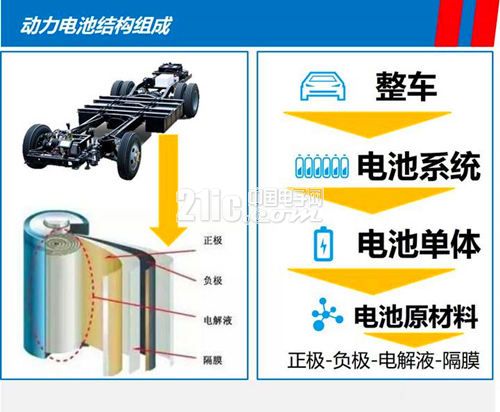
Analysis of BYD e6 battery technology
These four materials perform their duties. During discharge, lithium ions and electrons are removed from the negative electrode, electrons reach the positive electrode via an external circuit, and lithium ions enter the positive electrode through the electrolyte. In the positive electrode, lithium ions, positive electrode materials, and electrons are re-energized. Combine to complete current conduction. The function of the diaphragm is to separate the positive and negative electrodes and prevent short circuits.
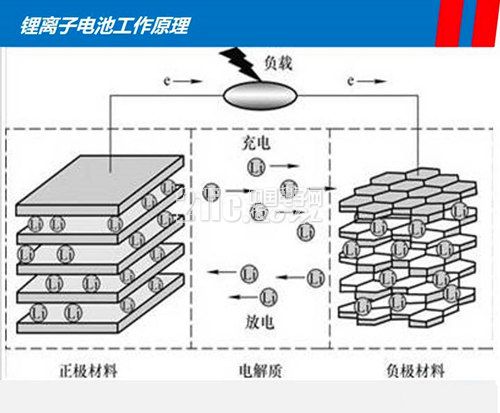
Analysis of BYD e6 battery technology
Therefore, the amount of discharge of the battery is determined by the positive and negative electrodes, that is, to accommodate more active materials including lithium ions. Since graphite carbon materials are generally used as anodes, the specific capacity exceeds 350 mAh/g, and the cathode materials are usually composed of lithium cobaltate, lithium iron phosphate, nickel cobalt manganese (ie, ternary lithium), and the specific capacity is usually less than 200 mAh/ g. That is, the negative electrode "active" > positive electrode "active".
Therefore, the energy density of the battery is determined by the positive electrode material. The specific capacity of lithium iron phosphate is lower than that of nickel-cobalt-manganese ternary materials, which results in the unit power consumption of BYD e6 lags behind other competitors.
Then the question comes again: Why does BYD use lithium iron phosphate? In fact, although lithium iron phosphate has a specific capacity lower than three yuan, it has the advantages of high safety, long life and low cost.
Safety: The thermal stability of the ternary material is relatively poor. Under the external temperature of about 200 degrees, decomposition will occur, and oxygen will be released, which will help the battery to ignite. However, lithium iron phosphate decomposes at 700 ° C, and does not release oxygen even if it is decomposed.
Long life: At present, the 1C cycle life of ternary battery is about 2500 times, while the lithium iron phosphate battery is about 3500-5500 times, so the life is longer and more stable.
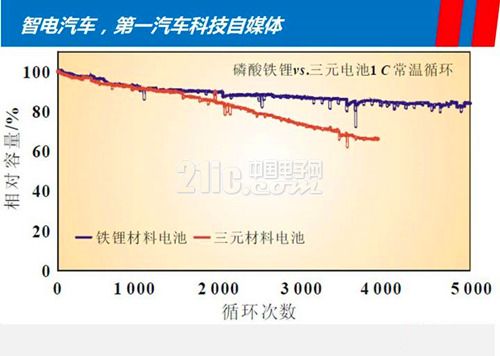
Analysis of BYD e6 battery technology
Low cost: From the raw material point of view, the cost of lithium iron phosphate is about 40-50% of the ternary material, so the cost can be greatly controlled. According to the calculation of 91kWh, the cost of the e6 battery system is about 100,000 yuan. If the ternary material is used, the cost price will rise to 16-18 million yuan.
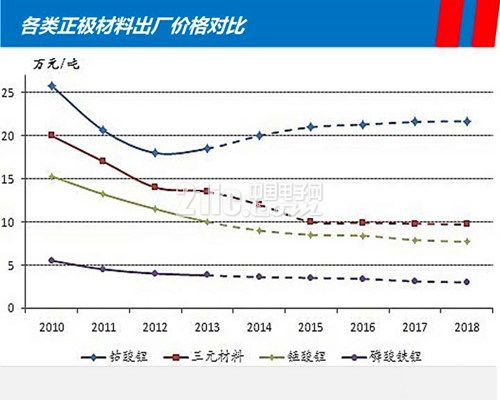
Analysis of BYD e6 battery technology
Therefore, under the comprehensive consideration of energy density, safety, cost and other factors, BYD e6 chose lithium iron phosphate battery, but did not use ternary materials, which is a compromise that does not completely yield to performance.
Second, BYD's battery intelligent temperature control system is a conscience configuration.
Since the charge and discharge characteristics of lithium batteries are closely related to temperature, excessive temperature or low temperature can cause additional power loss, especially in winter, when the temperature is extremely low, the battery power will be greatly reduced. To this end, BYD e6 is equipped with a constant temperature control system based on the old model, which can keep the battery at room temperature and work at the optimal temperature, thus effectively preventing the battery from failing in a low temperature environment. This is commendable.
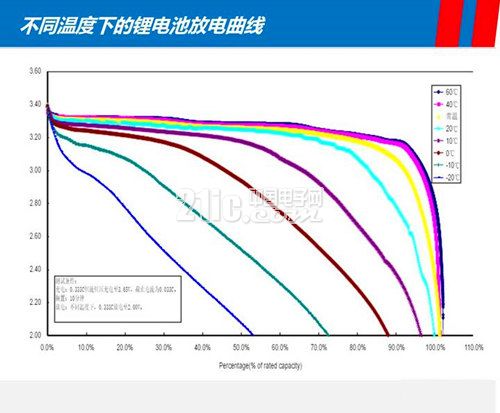
Analysis of BYD e6 battery technology
The above is the core technology that BYD e6 can reach 450km pure electric range. However, Xiaobian must tell the reader the following two points that require special attention.
First, the charging time of the BYD e6 will be longer. With a battery pack of up to 91 kWh, it takes up to 2 hours to use a three-phase AC with an input voltage of 380V and a power of 40 kW. If you use a household 220V power supply, the charging time will be as long as 8-10 hours to be full.

Analysis of BYD e6 battery technology
Second, the battery pack of this car is installed on the chassis, and it is more convex, so the ground clearance is only 138mm, this height is equivalent to a small bottle of mineral water, so do not take uneven roads when driving a car, as for Not to mention the country road, you have to know that your battery pack can be worth 100,000 yuan!
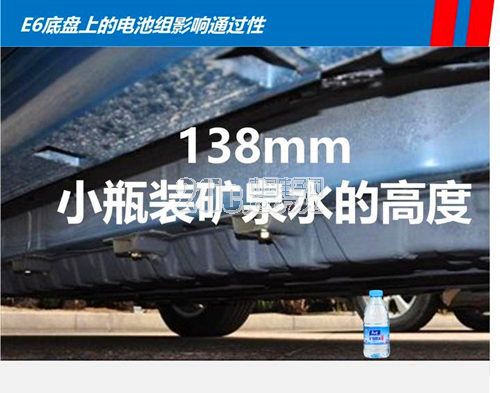
Analysis of BYD e6 battery technology
The above is the main technical analysis of the BYD e6. In this issue, the BYD e6 of the new car will end here. We will meet again in the next issue!
The above is about the introduction of the analysis of BYD e6 battery technology in automotive electronics. If you want to know more information, please pay more attention to it. Electronic engineering will provide you with more complete, more detailed and updated information.
Electronic Cigarette,Largest E-Cig Oem,China E-Cig Oem,Vape Pen Oem,Vape Device Oem
Shenzhen MASON VAP Technology Co., Ltd. , https://www.e-cigarettefactory.com